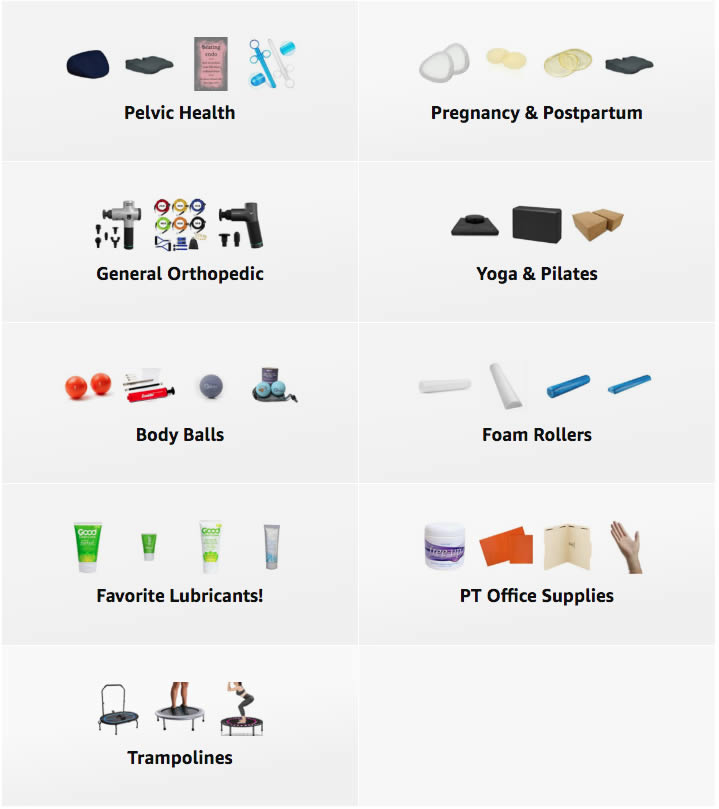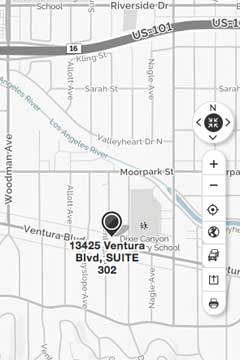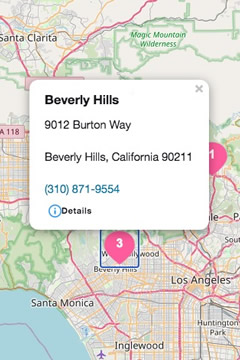Bedwetting In Children - When is it a problem?
I think most people can remember a time when they were a kid and accidentally wet the bed.
The occasional accident is a normal part of childhood, however for some kids constant bedwetting may be a sign of an underlying pelvic floor issue. Some kids with toileting issues will start to feel it affect their self confidence, ability to participate in social activities, and that’s when you might consider getting some extra help.
In this article we will discuss the signs of an underlying pelvic floor dysfunction in children and how pelvic floor therapy can help.
Bedwetting: how often before it becomes a problem?
Occasional bedwetting in children is considered a normal part of growing up. However, if accidents are interfering with a child’s quality of sleep, self-image, or confidence, then you may consider seeking extra help from a pediatric urologist or pelvic floor therapist.
Signs and Symptoms of Pediatric Pelvic Floor Dysfunction
- Leaks urine or bowel with laughter (giggle incontinence), coughing, or exercise (jumping on a trampoline, sprinting, etc.)
- Nighttime wetting that interferes with sleep, hygiene, or self image
- Frequent urination and frequent urge to urinate
- Chronic constipation or diarrhea
- Chronic urinary tract infection (UTI)
- Daytime wetting that interferes with school, social engagement, or self image
- Inability to fully void urine or evacuate bowel on the toilet
Common Causes of Pediatric Incontinence or Pelvic Floor Dysfunction
- Constipation – often children experiencing urinary incontinence are constipated. A backed up bowel can put extra pressure on the bladder and reduce its carrying capacity- causing leakage, especially at night. Relieving constipation will often alleviate incontinence.
- Bladder or urinary tract infection (UTI) can cause guarding in the pelvic floor muscles, causing dysfunctional voiding.
- Diet – ingesting too many bladder irritants including soda, citrus, tomatoes, chocolate, carbonated drinks, and other irritants can contribute to leakage. Check out this list of common bladder irritants from John Hopkins Medical Center that can lead to bedwetting In children.
- Drinking too much water, especially before bed - Chugging a glass of water before bedtime may overwhelm the bladder and cause strong urgency and/or leakage
- Dehydration - On the flip side dehydration can also cause toileting issues, one because it contributes to constipation and secondly, dehydration will cause urine to be really concentrated, which will irritate the bladder and contribute to urgency and leakage. The amount of water your child needs to drink will vary depending on their age, size, activity level, and the heat/humidity of where you live. According to the pediatric Urology Department at the CHOC Children’s Hospital, try to aim for one glass of water per year of age (3 year-olds should drink 3 glasses of water, 5 year olds should drink 5 glasses of water, etc.—up to 8 glasses of water for those aged 8 and older.
- "Holding it in" – children sometimes hold their urine or bowel the whole school day due to shyness, dirty school bathrooms, or other reasons. Holding in the urine or bowel may cause voiding issues and bedwetting In children.
- Ignoring body signals- some kids will ignore body signals because they are distracted by play or other distractions.
How can pelvic floor therapy help?
Pelvic floor physical therapy is a great option for kids with toileting issues, because treatments pose a low risk of side effects and treatment can be very effective. The physical therapists at Fusion Wellness and Physical Therapy can help kids with incontinence and pelvic floor dysfunction in the following ways:
- Education: educating the child and parent in the bowel and bladder, listening to body signals, positioning, and hygiene.
- Identifying behaviors that may be contributing to the problem: the child and parent will complete a voiding diary that tracks diet and toileting habits for a few days. With the help of the therapist, the child and parent will start to see patterns of behavior and dietary factors that may be making the problem worse.
- Bowel management: The therapist will teach the child and parent regarding hydration, dietary factors, proper toileting positioning, and proper pushing technique to relieve constipation which may be contributing to pelvic floor dysfunction.
- Pelvic floor biofeedback: Biofeedback is a medical technology used in pelvic floor therapy that helps the brain and body re-establish healthy coordination patterns. Computer sensors are used to measure activity of the pelvic floor muscles while a screen gives live visual feedback as to what the pelvic floor muscles are doing. From the perspective of the patient, it basically looks like you are playing a video game with your pelvic floor. With this “game” the client is taught how to properly contract and relax the pelvic floor. Additionally, it is used to train proper pushing technique. Correct function of the pelvic floor is essential for both bowel and bladder function. This study by Richardson and Palmer (2009)shows that biofeedback is a safe and effective intervention for improving instances of bedwetting In children.
What You Can Do
- See your pediatrician or a pediatric urologist to discuss possible contributing factors and to see if pediatric pelvic floor therapy is a good option.
- Treat any underlying conditions (urinary tract infections, parasites, etc.) that may be affecting bowel and bladder function with the help of your doctor.
- Receive a referral for pediatric pelvic floor physical therapy.
Bedwetting In children is a common situation that is treatable. When you are ready to give pelvic floor therapy a try, give Fusion Wellness and Physical Therapy a call or schedule an appointment.
Resources
*Cincinnati Children’s Hospital: Constipation and Bladder Dysfunction https://www.cincinnatichildrens.org/health/c/constipation-dysfunction
*Richardson I, Palmer LS. Successful treatment for giggle incontinence with biofeedback. J Urol. 2009;182(4 Suppl):2062-6 https://www.ncbi.nlm.nih.gov/pubmed/19695635
John Hopkins Women’s Center for Pelvic Health. Bladder Irritants. Accessed 10/29/19 at https://www.hopkinsmedicine.org/johns_hopkins_bayview/_docs/medical_services/gynecology_obstetrics/bladder_irritants.pdf
Mayo Clinic. Bladder control: Lifestyle strategies ease problems. . Accessed 10/29/19 at https://www.mayoclinic.org/diseases-conditions/urinary-incontinence/in-depth/bladder-control-problem/art-20046597
Wyman, J. F., Burgio, K. L., & Newman, D. K. (2009). Practical aspects of lifestyle modifications and behavioural interventions in the treatment of overactive bladder and urgency urinary incontinence. International Journal of Clinical Practice, 63(8), 1177–1191. doi:10.1111/j.1742-1241.2009.02078.x


















 A Curated List of Excellent Items at Amazon
A Curated List of Excellent Items at Amazon






